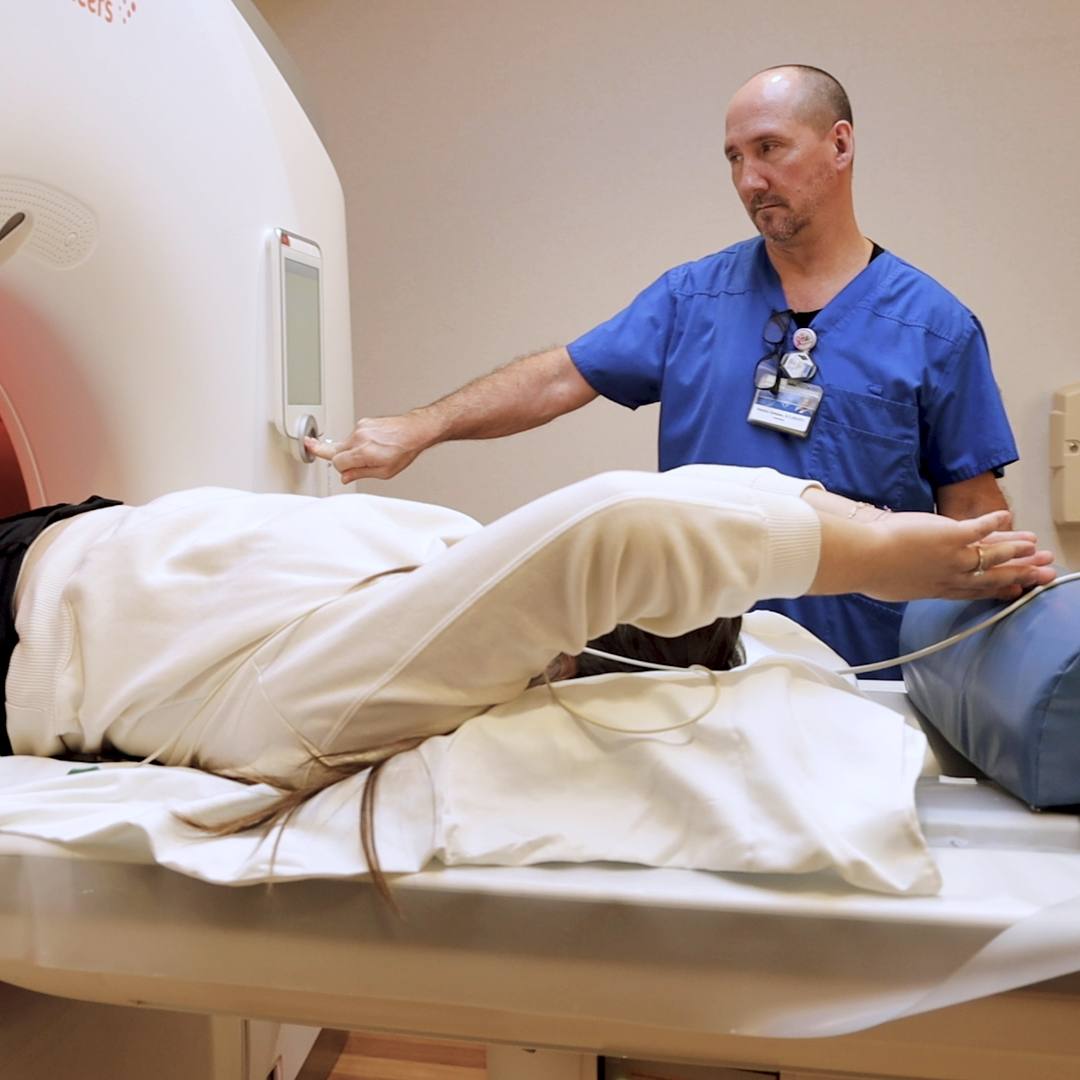-
Featured News
Consumer Health: Who is at risk for seasonal affective disorder?

Seasonal affective disorder is a type of depression related to changes in seasons. Millions of adults in the U.S. may suffer from seasonal affective disorder, although many may not know they have the condition, according to the National Institute of Mental Health.
Signs and symptoms can include:
- Feeling listless, sad or down most of the day, nearly every day.
- Losing interest in activities you once enjoyed.
- Having problems with sleeping.
- Having appetite changes, including either a craving for foods high in carbohydrates and overeating, or poor appetite.
- Having difficulty concentrating.
- Feeling sluggish or agitated.
- Feeling hopeless, worthless or guilty.
Because other types of depression or other mental health conditions can cause similar symptoms, it can be difficult to diagnose seasonal affective disorder. Treatment for seasonal affective disorder can include light therapy, medications and psychotherapy.
Causes
The specific cause of seasonal affective disorder remains unknown. Some factors that may come into play include:
- Your biological clock, or circadian rhythm
The reduced level of sunlight in fall and winter may cause winter-onset seasonal affective disorder. This decrease in sunlight may disrupt your body's internal clock and lead to feelings of depression. - Serotonin levels
A drop in serotonin, a brain chemical that affects mood, might play a role in seasonal affective disorder. Reduced sunlight can cause a drop in serotonin that may trigger depression. - Melatonin levels
The change in season can disrupt the balance of the body's level of melatonin, which plays a role in sleep patterns and mood.
Risk Factors
Seasonal affective disorder is diagnosed more often in women than in men. And it occurs more frequently in younger adults than in older adults.
Other factors that may increase your risk include:
- Family history
People with seasonal affective disorder may be more likely to have blood relatives with seasonal affective disorder or another form of depression. - Having major depression or bipolar disorder
Symptoms of depression may worsen seasonally if you have one of these conditions. - Living far from the equator
Seasonal affective disorder appears to be more common among people who live far north or south of the equator. This may be due to decreased sunlight during the winter and longer days during the summer months. - Low level of vitamin D
Some vitamin D is produced in the skin when it's exposed to sunlight. Vitamin D can help to boost serotonin activity. Less sunlight and not getting enough vitamin D from foods and other sources may result in low levels of vitamin D in the body.
Connect with others talking about seasonal affective disorder in the Depression & Anxiety support group on Mayo Clinic Connect, an online patient community moderated by Mayo Clinic.
Related Articles







